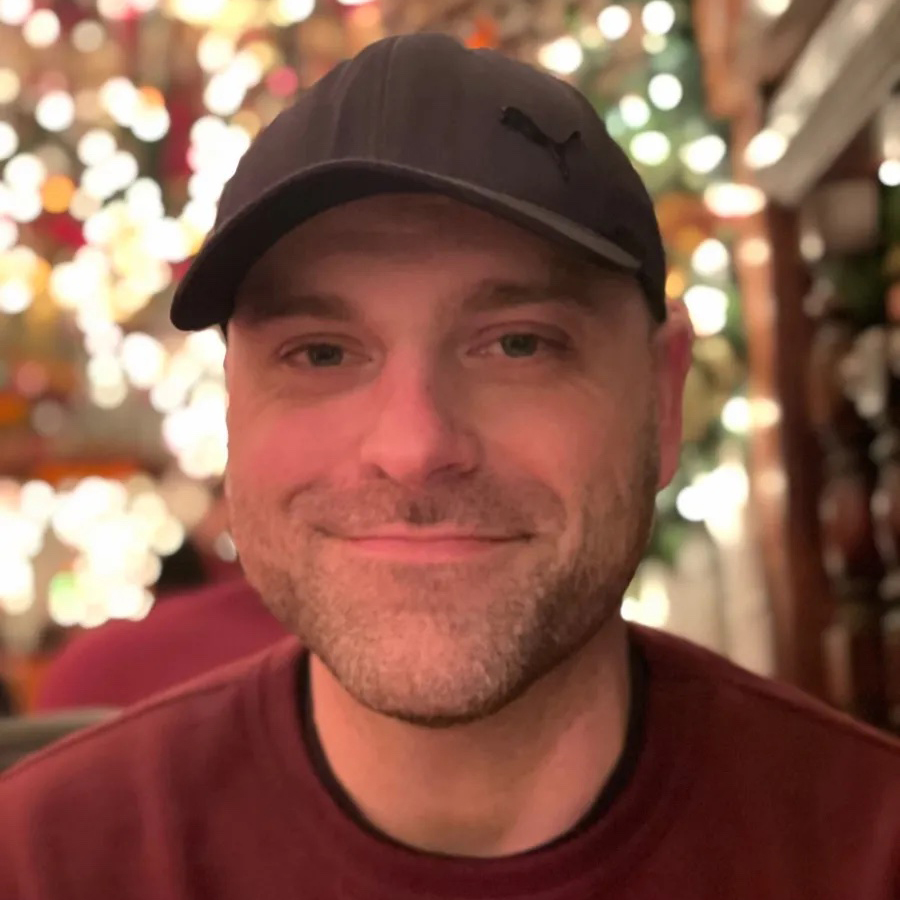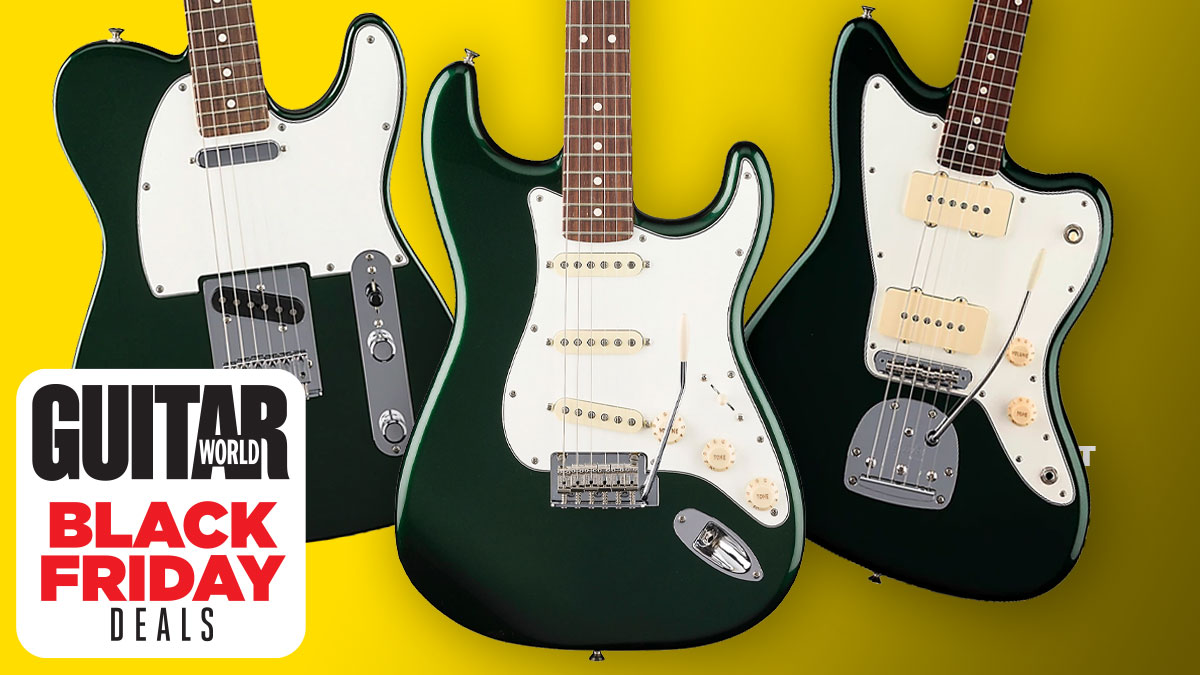“Ritchie Blackmore was playing licks to soundcheck. Andy started answering him. Their conversation with guitars was enough to impress Ritchie”: Ted Turner on eating biscuits with John Lennon and how Deep Purple gave Wishbone Ash their big break
The Les Paul slinger shares the secret behind his twin-guitar sound with Andy Powell, why he quit the band not once but twice, and working as a session player on John Lennon’s Imagine
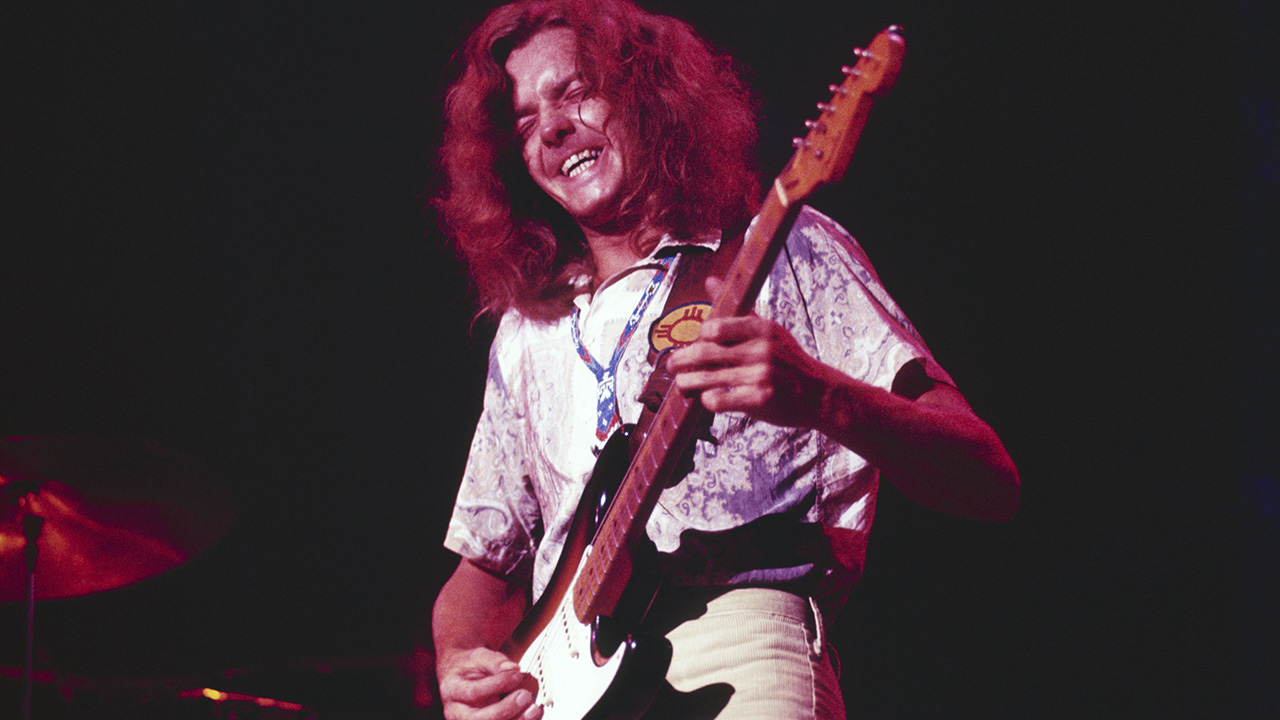
With Wishbone Ash, Ted Turner and Andy Powell created a proto-metal dual-guitar attack that Iron Maiden and Judas Priest took all round the world. “It’s just a natural cycle,” Turner tells Guitar World. “I was inspired by someone, then they were; that’s how it works.”
He’d like to have discussed with his counterparts in the two other bands, but jokes: “They’ve never called me. They don’t even write!”
Wishbone Ash albums like their 1970 self-titled debut, Pilgrimage (1971), and Argus (1972) defined a generation. But Turner has shifted gears since then, working with his wife, Majella.
“Someone described our music as a ‘spiritual tranquillizer,” he says. “That works for us. We’re playing acoustic guitars with a Celtic feel, so I’m developing finger-picking skills. I really enjoy the arrangement of rich textures in our songs as opposed to purely playing guitar solos. It’s an atmosphere we are creating.”
Fans will always wonder if Turner will ever reunite with Powell. “Martin Turner and Andy continue to carry the torch, and they’ve created additional material with different musicians,” he explains. “I’m writing new music that places me on a different trajectory. I’ve spoken with Martin and Steve Upton occasionally. I wish them all the best.”
Did you choose the guitar, or did it choose you?
“I chose guitar. The British blues boom got me interested. It’s all been said before – John Mayall’s Blues Breakers, Peter Green, Eric Clapton. Before that, Hank Marvin was playing melodic songs on the guitar. Eric and Peter were improvising, expressing themselves through the guitar, telling a story. In particular, with Peter’s level of sensitivity and emotion, every note meant something. That’s what inspired me to play – and still does.”
All the latest guitar news, interviews, lessons, reviews, deals and more, direct to your inbox!
What was the scene like for you growing up?
“Coming from a working-class family I held a variety of day jobs. As my interest in music grew, my interest in the 9-to-5 decreased. My first guitar was a Fender Telecaster, which I didn’t get on with. I always wanted a Les Paul, and when I was 17, my dad helped me to buy one, as well as a Selmer amp.”
What drew you to heavier music?
“In the early ‘70s Led Zeppelin was a big influence – they set the heavy rock band template. On the first Wishbone Ash album I was using my Les Paul Junior, my one and only guitar. It was probably a Marshall amp. Martin and I built our own cabinets. the innocence of it all!”
You played with King Biscuit and auditioned for Colosseum. Did you lose out to Clem Clempson?
“No, it was a guy named James Litherland. These guys were seasoned pros from the jazz circuit; I’d only been playing for 18 months. When I came to London they could have shot me down, but they were all kind and generous. They invited me to jam. Many years later they were supporting us and John Hiseman said, ‘Maybe we should have hired you in the first place!’
“King Biscuit was my first band – we were the guys from the local gang. I did about 20 shows with them; lots of fun. Young kids having a ball: we’d throw the equipment in the van and sit on top of it.”
What led to your joining Wishbone Ash?
“I answered an ad in the Melody Maker and did an audition at Miles Copeland’s house with Steve and Martin. Then I did a second audition, this time with Andy Powell. The rest is history.
Argus was created when the four of us were totally immersed in our craft. The music reflects that
“I wanted it so bad; I was really driven. I threw myself in at the deep end. It was only my second audition in London. Interestingly, Clem was one of the others who auditioned at that time!”
Was the chemistry between you and Andy immediate?
“Yes, it was a natural fit – and apparently to Martin and Steve also. They weren’t looking for two guitar players, but they couldn’t decide between us. Through that dilemma, something fresh was born.”
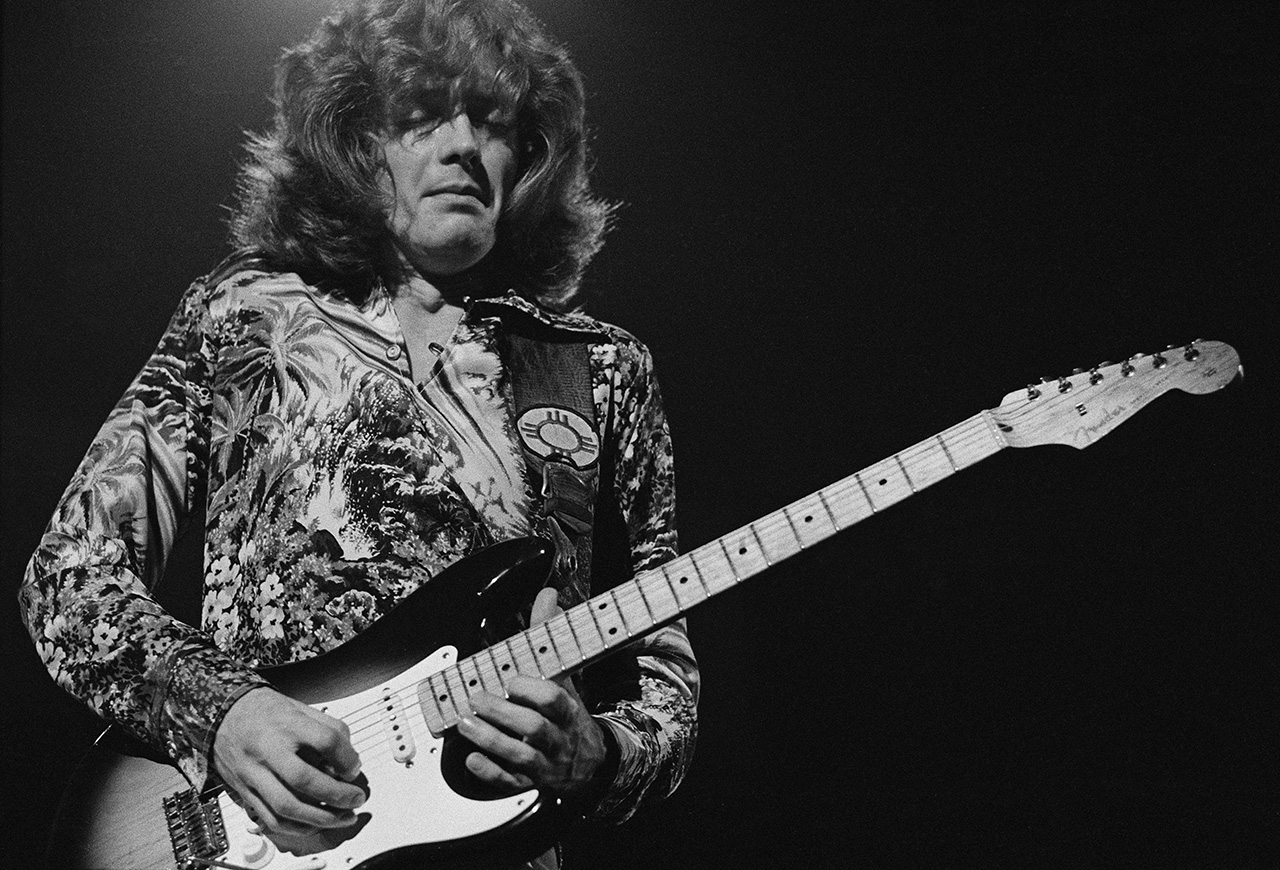
Ritchie Blackmore played a significant role in Wishbone Ash’s signing.
“He did! We were supporting Deep Purple at the Dunstable Civic in the real early days, waiting for him to finish his sound check so we could do ours. Ritchie was playing licks; and Andy, on the sidelines, started answering him.
“They had a brief conversation with their guitars, and it was enough to impress Ritchie to speak to his producer Derek Lawrence, who subsequently produced our next three albums. Serendipity.”
What gear did you use on Wishbone Ash’s self-titled debut?
“It was the Les Paul Junior. Our recording process was based on being well-rehearsed, then we’d go into the studio and play live – minimizing studio time. Phoenix was a tour de force, an extended jam you might say. Fun!”
You and Andy swapped solos and riffs on The Pilgrim on Pilgrimage. How did you approach that?
“I’m the quiet passages man, intimate and melodic. Andy contributed the livelier parts, generally. We all had our own gear and our own part to play.”
Did you have an idea that Argus would become so revered while you were making it?
“I did feel it was strong material, created during a time when the four of us were all on the same page. Totally immersed in our craft, and the music reflects that.”
What do you recall about writing and recording Sometime World and Throw Down the Sword?
Clarity and pure tones are important. I’m interested in the sound of the guitar as opposed to the amp
“Again, I played the melodic solo at the beginning of Sometime World. The second part was an idea from Andy, who wanted a strong up-tempo rhythm part he could play to. It’s another song where we start with one style and morph into another.
“It’s maybe one of Andy’s finest moments – he was on fire and captured his essence in this one take. Throw Down the Sword is one of Martin's best songs. Its message of surrender was such an appropriate finale for the album.”
What led to the change in direction on Wishbone Four?
“After the success of Argus and constant touring, we were all really tired. I’d say we weren’t on a high creatively; my dissatisfaction reached a point of no return.
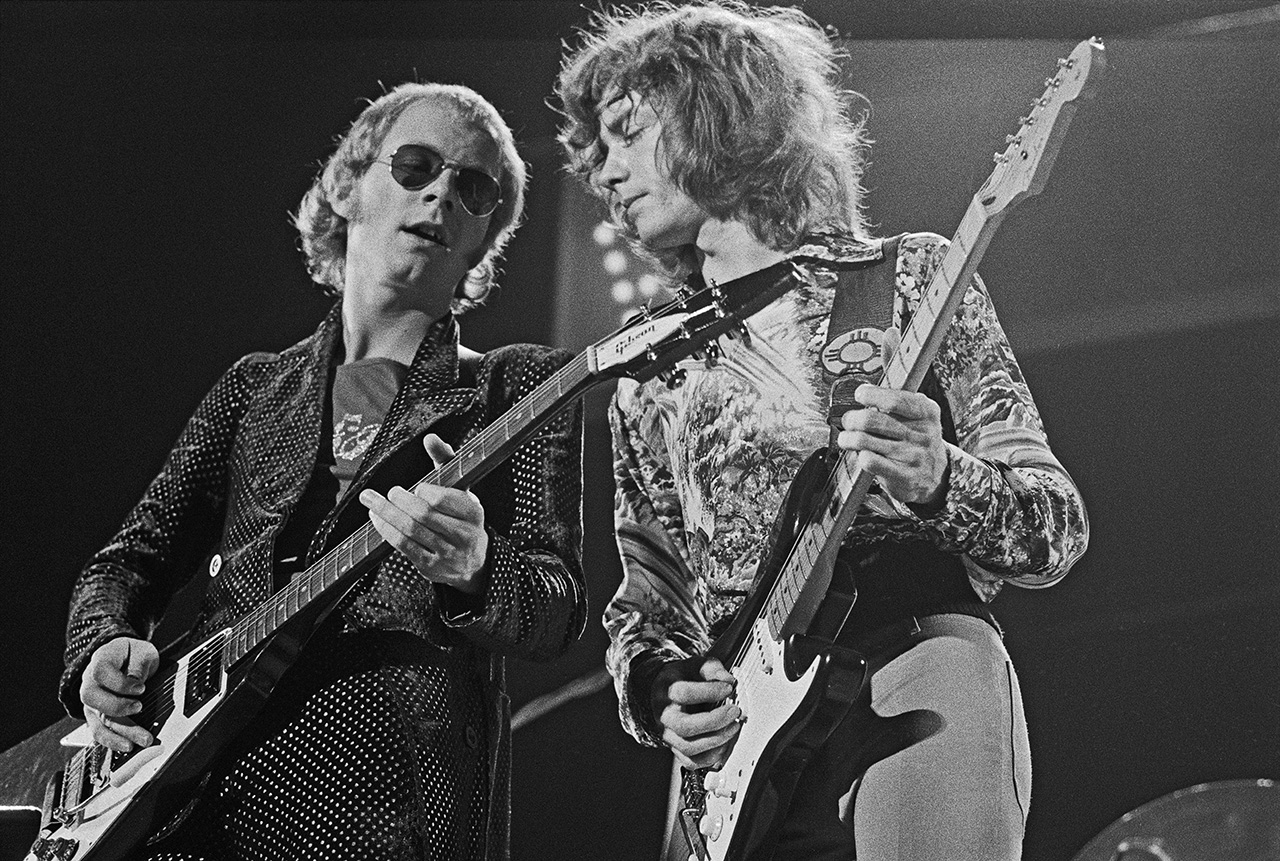
“During the recording of Argus, Andy had initiated a more dominant role. It affected the chemistry and power of what each of us had previously brought to the music previously. It was less enjoyable for me; less equal measure.”
Do you have any regrets about quitting the band?
“I just didn’t believe in the music anymore, and I was listening to very different influences. Our personalities were also becoming less aligned. No, I don’t regret an honest response to how I was feeling. I couldn’t stand on stage anymore and fake it.”
You rejoined in the ‘80s and left again in 1993. Did you part on good terms?
“The reformation proved that a natural music chemistry was still present. The quality was strengthened by our maturity – I have lots of enjoyable memories. But personal circumstances led to Steve and then Martin leaving, which obviously changed the dynamic.
“It’s true to say that were personality tensions throughout most of our journey, and over a period of time it corroded what I felt Wishbone Ash could be. I’d even say that, without the original instigators, it didn’t feel like Wishbone anymore. So I left, just like the first time.”
You played on John Lennon’s Crippled Inside and How Do You Sleep from his Imagine album. What was that like?
“I played on both tracks, but they only used Crippled Inside on Imagine. I received a phone call late at night after a long Wishbone Ash session, and got whisked away in the white Rolls Royce with Nicky Hopkins.
“I took a Gibson Les Paul, but it wasn’t needed – I was required to play acoustic rhythm. It was surreal to be so close to John and George, having grown up listening to them on the radio.”
I feel simplicity is full of precision, and I prefer to create from that place – just enough notes
Was there talk of you joining his band?
“It was just a one-off as a session player for the night. But he did offer me a biscuit in the control room! A friendly touch that made me feel more relaxed in his company.”
Lately, you’ve been recording with your wife as Ted & Majella.
“I first heart Majella’s voice seven years before our marriage – and I was taken aback. Coming into contact with a truly gifted artist felt exciting again. It was apparent we shared a love of bringing beautiful music to the world. We have such a rich palette to draw from. It’s taking a while to fully explore.”
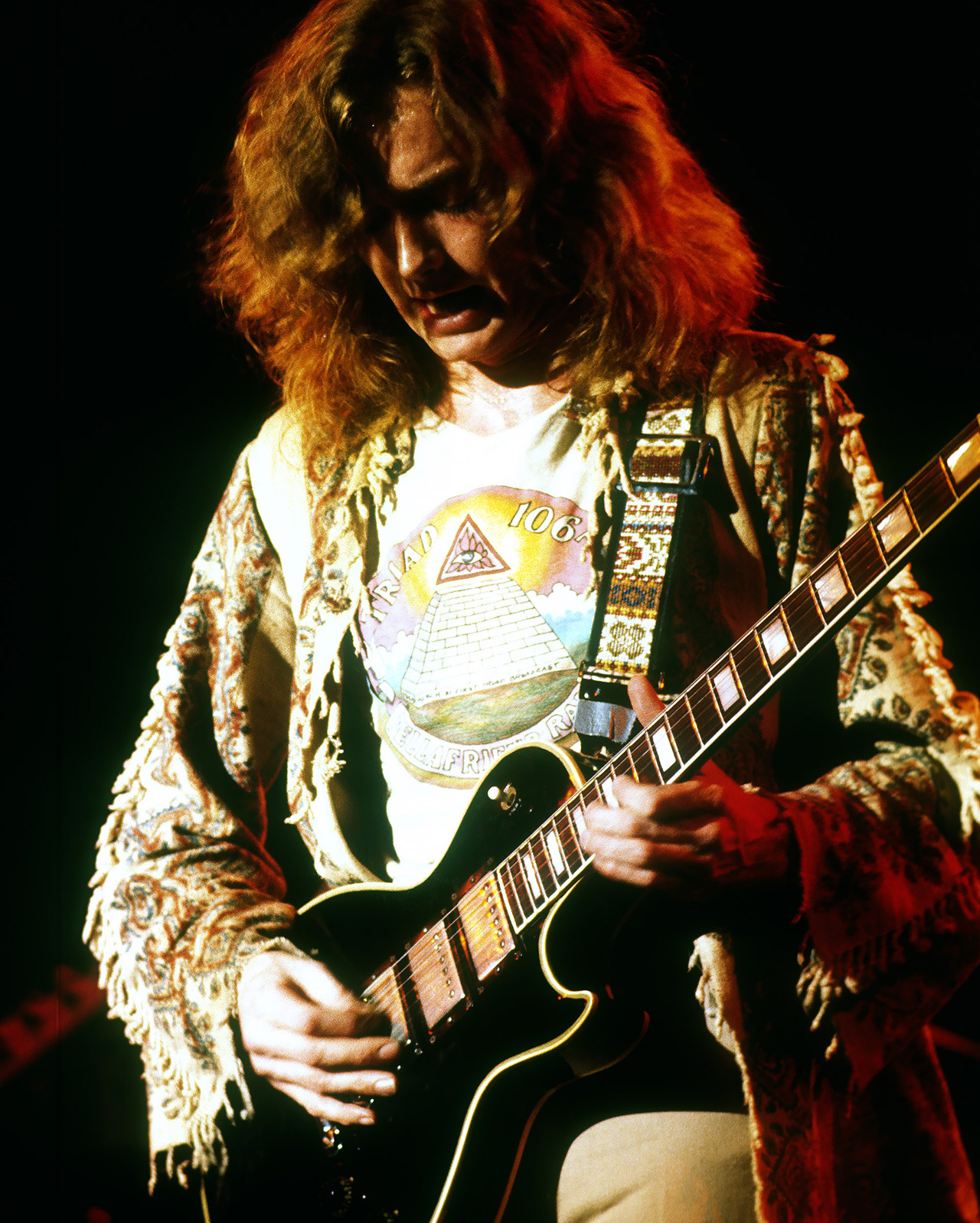
Is writing with Majella very different from Wishbone Ash?
“When I was weaving melodies with Andy it was clearly based on two guitars. With Majella, the voice and guitar constitutes the dance. It’s a conversation, and there’s a mystery to how the ideas will come together. We discover many of them through the recording process.
“The messages are often based on self-discovery and the power of being kind, loving, and hopefully wise. It’s what we aspire to in every area of our lives – and it’s a challenge when polarity is so rife.”
What’s your rig like now?
“These days I’m using guitar modelling as opposed to amps. I’m always looking for a sound that’s not over-saturated or heavily distorted. Clarity and pure tones are important for our music. I’m interested in the sound of the guitar as opposed to the amp.
“Just like the old Wishbone Ash days, Majella and I are focused on what the music is asking for. There’s never a shortage of ideas. We’re committed to a spiritual journey together.”
What are your overarching thoughts on your impact on heavy music and multi-guitar attacks?
“I’m always amazed at the power of music and how deeply it affects people. I’m really grateful for all the feedback I still receive, and how I can inspire others to pick up the guitar. That’s just wonderful! I feel simplicity is full of precision, and I prefer to create from that place – just enough notes.
“To inspire another is to be part of the eternal chain. I’m grateful that I still have the drive to create original music, now alongside the love of my life. How cool and rare is that?”
- Find out more at the Ted & Majella website.
Andrew Daly is an iced-coffee-addicted, oddball Telecaster-playing, alfredo pasta-loving journalist from Long Island, NY, who, in addition to being a contributing writer for Guitar World, scribes for Bass Player, Guitar Player, Guitarist, and MusicRadar. Andrew has interviewed favorites like Ace Frehley, Johnny Marr, Vito Bratta, Bruce Kulick, Joe Perry, Brad Whitford, Tom Morello, Rich Robinson, and Paul Stanley, while his all-time favorite (rhythm player), Keith Richards, continues to elude him.
You must confirm your public display name before commenting
Please logout and then login again, you will then be prompted to enter your display name.



